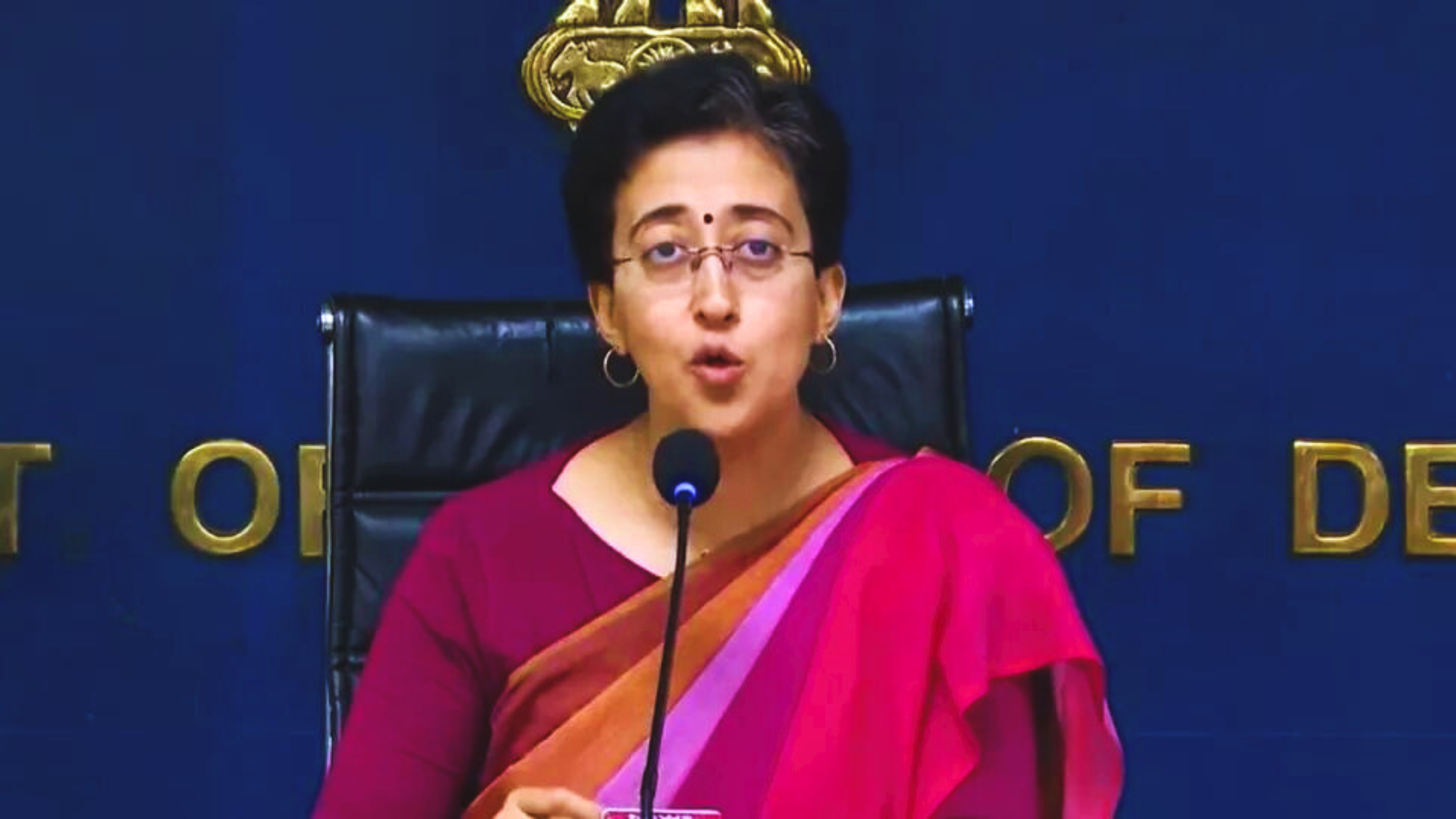Atishi Becomes New Chief Minister of Delhi: A New Chapter After Kejriwal’s Exit
In a significant political development, Atishi Marlena has been appointed as the new Chief Minister of Delhi, India’s capital territory, following the resignation of Arvind Kejriwal. The news comes as a surprise to many, given Kejriwal’s long-standing leadership and prominence within the Aam Aadmi Party (AAP), but Atishi’s rise signals a new era in Delhi’s political landscape.
Who is Atishi Marlena?
Atishi, a former Rhodes Scholar and education reformist, has been a prominent figure in Delhi’s politics for several years. Known for her work in revamping the city’s public education system, she earned widespread recognition for her role as an advisor to the Delhi government’s education ministry. Her transformative initiatives, including the introduction of “Happiness Classes” and improvements to the infrastructure of public schools, have made her a respected and influential figure not just within AAP, but across the nation.
Atishi entered electoral politics in 2020 when she won a seat in the Delhi Assembly representing Kalkaji. Her ability to navigate policy and governance with a focus on public welfare has endeared her to both voters and her colleagues. As a leader, she is seen as someone who blends intellectual rigor with a strong sense of social responsibility.
Arvind Kejriwal’s Legacy
Arvind Kejriwal, the founding leader of AAP, has been at the forefront of Delhi’s politics for nearly a decade. His tenure as Chief Minister was marked by major reforms in education, healthcare, and public services. His focus on governance at the grassroots level, including free healthcare, water, and electricity subsidies, made him popular among the lower and middle classes.
Kejriwal’s unexpected resignation has sparked speculation. Some political analysts believe that his decision might be linked to broader ambitions on the national stage, particularly ahead of the upcoming general elections. Others see it as a strategic move to inject fresh leadership into the party and ensure that AAP continues to evolve with changing political dynamics. Regardless of the reason, his departure leaves behind a significant legacy, one that Atishi will now inherit.
The Road Ahead for Atishi
Atishi’s elevation to the role of Chief Minister comes with high expectations. As a reformist and policymaker, she has already proven her mettle in Delhi’s education sector. However, leading Delhi as its chief executive will require her to address a broader array of challenges. Some of the key issues that she will need to tackle include:
- Public Infrastructure: While Delhi has made significant strides in education, healthcare, and public services under Kejriwal, Atishi will be expected to continue these reforms and address areas such as pollution, traffic congestion, and urban planning.
- Water and Electricity Supply: Delhi’s population is growing rapidly, and with it comes increasing demand for essential resources. Ensuring a sustainable supply of water and electricity, particularly to underserved areas, will be crucial.
- Pollution and Environment: One of Delhi’s most pressing issues is air pollution, especially during the winter months. As Chief Minister, Atishi will have to build on existing efforts to reduce pollution and work towards long-term environmental sustainability.
- Women’s Safety and Empowerment: Atishi, as one of the most prominent female leaders in Indian politics today, is well-positioned to address issues of women’s safety, empowerment, and gender equality in Delhi.
- Economic Growth and Employment: As the capital of India, Delhi plays a crucial role in the country’s economy. Atishi’s government will need to focus on creating more employment opportunities and ensuring that economic growth is inclusive and sustainable.
What Atishi’s Leadership Means for AAP
Atishi’s appointment marks a significant shift for the Aam Aadmi Party. AAP, which has prided itself on being a party of change, has now handed its leadership in Delhi to someone known for her intellectual credentials and policy-driven approach. This could signal a renewed focus on evidence-based governance and innovative reforms.
Her leadership also brings a new face to the party, potentially helping AAP appeal to a wider, younger audience. With her educational background and forward-thinking vision, Atishi could introduce a new style of governance that emphasizes long-term planning over immediate political gains.
Challenges and Opportunities
While Atishi is widely respected for her achievements, stepping into the role of Chief Minister comes with its own set of challenges. Her ability to manage Delhi’s complex bureaucratic and political environment will be tested, particularly as she takes on the dual challenge of managing governance while keeping AAP’s electoral prospects strong.
Additionally, Atishi will need to balance maintaining the populist appeal of AAP’s welfare programs with the need for fiscal discipline. With growing demands on Delhi’s budget, her government will have to find ways to fund programs without jeopardizing the financial health of the state.
At the same time, this transition offers Atishi a chance to further elevate her profile on the national stage. If she can successfully navigate the challenges of governing Delhi, she could emerge as a significant figure in Indian politics, potentially shaping AAP’s future both in the capital and beyond.
Conclusion
Atishi’s appointment as Chief Minister of Delhi represents a new chapter for both the city and the Aam Aadmi Party. Her intellectual approach to governance, combined with her dedication to public service, makes her a fitting successor to Arvind Kejriwal. While she faces numerous challenges, her rise to leadership offers hope for continued progress in Delhi.
As she takes the reins of the capital, all eyes will be on how she navigates this crucial role, and whether her leadership can bring about the same level of transformation that marked her earlier efforts in education reform. This is a pivotal moment, not just for Atishi, but for Delhi’s future.











